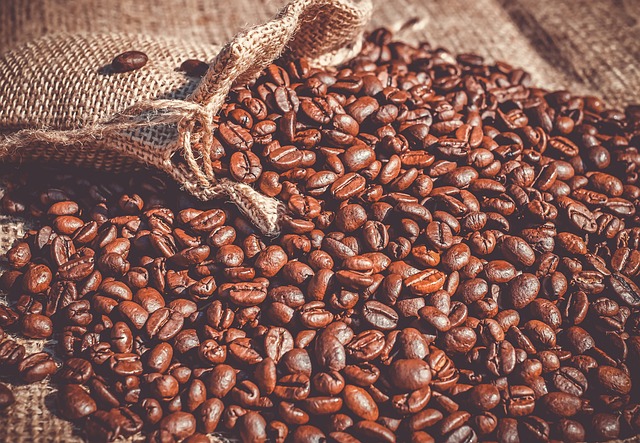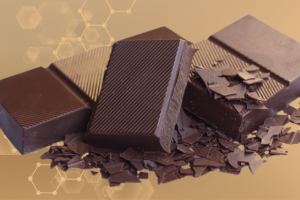Black, with or without sugar, with or without cream, caf, decaf, latte, expresso, filtered, perked, slow, mild, medium, or dark roast, with hints of ?… it all depends on a bean, the coffee bean.
In honor of International Coffee Day, I decided to do a little investigating. Coffee or coffee beans is a cherished commodity.
Wouldn’t you agree?
Evidence: The coffee industry generates billions annually. (The tea industry also generates billions too.)
Coffee Chemistry
Did you know that coffee contains an abundance (more like a superabundance) of chemical compounds?
Here are some interesting science and nutritional facts:
- caffeine…I’ll skip this one. You already know about it. I think.
- coffee contains adenosine- a chemical produced by your cells
- one of adenosine’s roles is to dilate blood vessels
- caffeine & adenosine attach to the same nerve receptors
- polyphenols, found in coffee, include many antioxidants… phenolic acid is one of those
- roasted beans contain more antioxidants than green coffee beans
- green coffee beans contain around 800+ chemical compounds
- roasting increases the number of chemical compounds to over 1000
- the Maillard reaction occurs in the roasting process…reaction between amino acids and sugars
- contains melanoidin (formed by a reaction between amino acids & sugars) and are also antioxidants (polyphenols) -see above-
- contains different forms of lipids/fats
- filtering removes fats… the expresso & perking processes do not
- contains many acids, giving coffee its acidic taste (One, chlorogenic acids, is largely destroyed with roasting.)
- alkaloids give coffee a bitter taste
- trigonelline, an alkaloid, produces flavors. Some of it in roasted coffee is converted into vitamin B3*
- Major minerals present include Potassium, Phosphorus, Magnesium, Manganese & others
- more soluble fiber in coffee than in orange juice
- protein, in about 100g of coffee beans, ranges from less than 1 to over 10 g depending on the type of coffee
- contains Vitamins B2, B3*, B5, and others
- Acetylmethylcarbinol gives coffee a buttery taste
- contains 3,5 Dicaffeoylquinic Acid which helps protect cells against oxidative stress (antioxidant)
- Trigonelline gives coffee an earthy, sweet taste
- Theophylline is a muscle relaxant & low-level stimulant
- Thiols, produced during roasting, create the multi-flavored aspect of coffee. I have been told that the temperature, time, and humidity… of roasting create the aromas and flavors.
A few more facts
Caution: You may want to skip this part! I am adding it for the curious.
Some chemicals you probably didn’t want to know about but drink anyway in your coffee.
- Dimethyl Disulfide is produced in the bean roasting process. It is found in small amounts but is the same chemical that gives human feces its smell.
- Putrescine-found in coffee is the same chemical produced by bacteria on decaying animal matter.
- Quinic Acid- One of several acids, that can give one the sour stomach effect.
- 2-Ethylphenol gives coffee a tar-like medicinal odor. This chemical is/was used to produce phenolic resins (first plastic resins…think billiard balls).
- Ever smelled coffee and had a faint whiff of skunk? That is thanks to a thiol derivative (n-butyl mercaptan). Mercaptan is a chemical added to natural gas to make odorless gas detectable when leakage occurs. You know what that smells like, right?
Personally
“Do you drink coffee?”, you ask. Ummm, no. Not anymore. Love the aromas, acidic and bitter tastes, but, I gave it up years ago. My system doesn’t handle caffeine (or decaf) well. There is a bit of caffeine in decaf coffee. You knew that, right?
Wrap up
And, I didn’t even scratch the surface in regards to coffee chemistry. There could be volumes written about coffee. You could have a PhD in coffee chemistry, roasting…
Sooo – Kudos to coffee!







